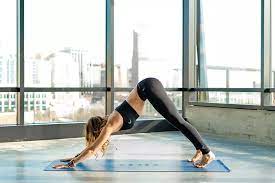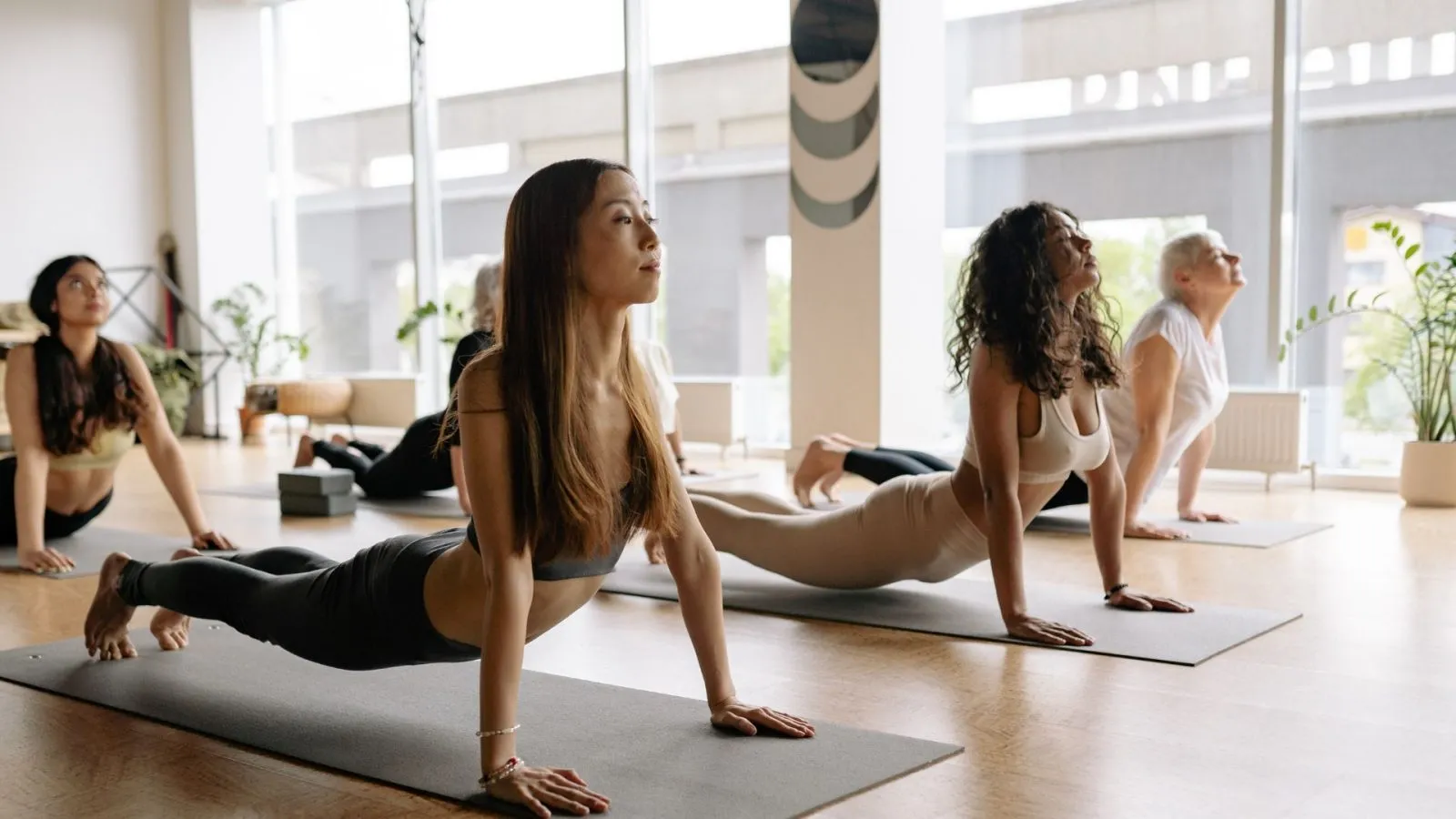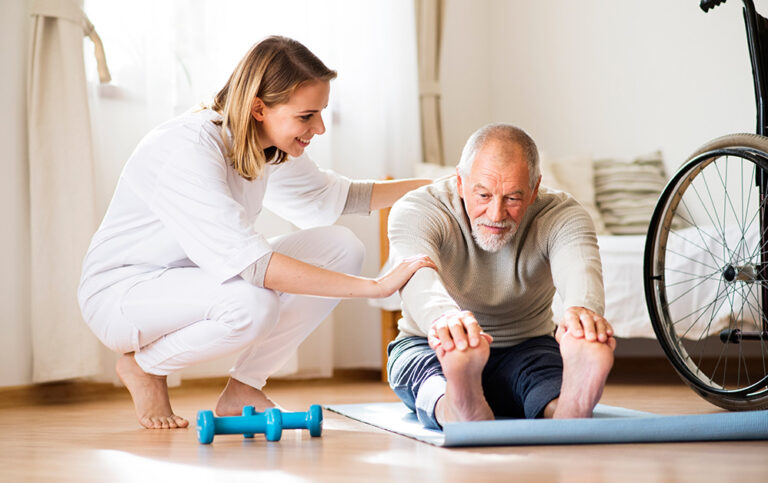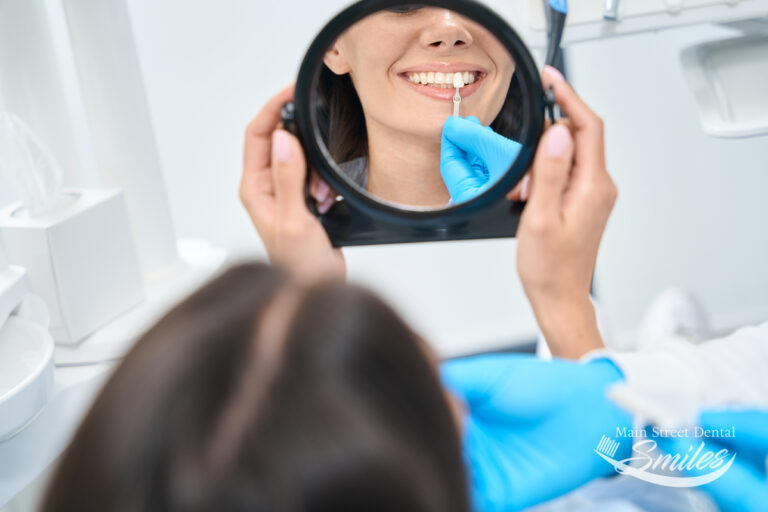Introduction to Beginner Yoga Poses
Yoga is an ancient practice that brings together mind, body, and spirit through physical postures, breath control, and meditation. If you’re new to yoga, starting with beginner yoga poses is a great way to ease into the practice and build a solid foundation. These poses are designed to improve flexibility, strength, and balance while promoting relaxation and mental clarity. In this article, we will explore a range of beginner yoga poses, breaking down each pose in detail to help you understand the benefits and techniques.
The Importance of Starting with Beginner Yoga Poses
When starting your yoga journey, it’s crucial to begin with poses that are gentle on the body. Beginner yoga poses are tailored to help you develop strength and flexibility without overwhelming your muscles or joints. These poses also introduce you to the fundamental aspects of yoga, such as breathing techniques (pranayama) and alignment, which are essential for progressing to more advanced poses.
How to Prepare for Your Yoga Practice
Before diving into the poses, it’s important to prepare your body and mind for practice. Here are a few tips:
- Choose a Comfortable Space: Find a quiet, comfortable space where you won’t be disturbed. Ensure you have enough room to move around freely.
- Wear Comfortable Clothing: Opt for clothing that allows for a full range of motion, such as stretchy yoga pants or leggings and a fitted top.
- Use a Yoga Mat: A non-slip yoga mat provides stability and comfort during your practice.
- Warm-Up: Spend a few minutes warming up your body with gentle movements like neck rolls, shoulder shrugs, and wrist rotations.
- Set an Intention: Setting an intention for your practice helps you focus your mind and energy. Your intention could be something like “I want to build strength” or “I want to find inner peace.”
Essential Beginner Yoga Poses
Let’s explore some of the most essential beginner yoga poses. Each pose will include step-by-step instructions, benefits, and tips for proper alignment.
1. Mountain Pose (Tadasana)
Description: Mountain Pose is a foundational standing pose that promotes good posture and alignment. It serves as a starting point for many other poses.
Steps:
- Stand with your feet together or hip-width apart.
- Distribute your weight evenly across both feet.
- Engage your thighs and lift your kneecaps.
- Lengthen your spine, roll your shoulders back, and open your chest.
- Let your arms rest by your sides with palms facing forward.
- Gaze straight ahead and take deep breaths.
Benefits:
- Improves posture.
- Strengthens the legs and core.
- Enhances focus and concentration.
Tips: Keep your body aligned from head to toe and avoid locking your knees.
More read here: Best Shoes for Arch Support: A Comprehensive Guide
2. Downward-Facing Dog (Adho Mukha Svanasana)
Description: Downward-Facing Dog is a classic yoga pose that stretches the entire body and helps build strength in the arms, shoulders, and legs.
Steps:
- Start on your hands and knees in a tabletop position.
- Spread your fingers wide and press firmly into the mat.
- Tuck your toes under and lift your hips toward the ceiling.
- Straighten your legs as much as possible, keeping a slight bend in the knees if needed.
- Press your heels toward the floor and lengthen your spine.
- Let your head hang between your arms, keeping your neck relaxed.
Benefits:
- Stretches the hamstrings, calves, and shoulders.
- Strengthens the arms and legs.
- Improves circulation and energizes the body.
Tips: Focus on creating a straight line from your wrists to your hips. If your hamstrings are tight, bend your knees slightly.

3. Child’s Pose (Balasana)
Description: Child’s Pose is a resting pose that provides a gentle stretch for the back, hips, and thighs. It’s a great pose to return to anytime you need a break during your practice.
Steps:
- Kneel on the mat with your big toes touching and knees spread wide.
- Sit back on your heels and extend your arms forward, lowering your forehead to the mat.
- Allow your chest to rest between your thighs and relax your shoulders.
- Breathe deeply and let your body melt into the pose.
Benefits:
- Relieves tension in the back, neck, and shoulders.
- Promotes relaxation and stress relief.
- Gently stretches the hips, thighs, and ankles.
Tips: If your forehead doesn’t reach the mat, place a block or pillow under it for support.
4. Cat-Cow Pose (Marjaryasana-Bitilasana)
Description: Cat-Cow Pose is a gentle flow between two poses that warms up the spine and helps increase flexibility in the back and neck.
Steps:
- Start on your hands and knees in a tabletop position.
- Inhale, arch your back, and lift your head and tailbone toward the ceiling (Cow Pose).
- Exhale, round your spine, tuck your chin to your chest, and draw your belly button toward your spine (Cat Pose).
- Continue to flow between these two poses with each breath, moving at your own pace.
Benefits:
- Increases spinal flexibility.
- Strengthens the core muscles.
- Relieves tension in the back and neck.
Tips: Keep your movements slow and controlled, and synchronize your breath with the flow.
5. Warrior I Pose (Virabhadrasana I)
Description: Warrior I is a powerful standing pose that builds strength and stability in the legs, while also opening the hips and chest.
Steps:
- Start in Mountain Pose.
- Step your right foot back about 3 to 4 feet, turning your back foot out at a 45-degree angle.
- Bend your front knee, keeping it directly over your ankle.
- Raise your arms overhead, palms facing each other, and gaze forward.
- Square your hips and shoulders to the front of the mat.
- Hold the pose for several breaths, then switch sides.
Benefits:
- Strengthens the legs, ankles, and core.
- Stretches the hips and chest.
- Improves balance and stability.
Tips: Ensure your front knee stays aligned over your ankle and avoid letting it collapse inward.
6. Tree Pose (Vrksasana)
Description: Tree Pose is a balancing pose that helps improve focus and stability. It’s a great way to practice concentration and develop strength in the legs.
Steps:
- Start in Mountain Pose.
- Shift your weight onto your left foot and lift your right foot off the ground.
- Place the sole of your right foot on your inner left thigh or calf (avoid the knee).
- Bring your hands together in front of your chest in a prayer position or raise them overhead.
- Find a focal point (drishti) to help maintain your balance.
- Hold the pose for several breaths, then switch sides.
Benefits:
- Improves balance and coordination.
- Strengthens the legs and core.
- Enhances focus and mental clarity.
Tips: If you have trouble balancing, try placing your foot on your calf instead of your thigh, or hold onto a wall for support.
7. Cobra Pose (Bhujangasana)
Description: Cobra Pose is a gentle backbend that strengthens the spine and opens the chest, improving posture and flexibility.
Steps:
- Lie face down on the mat with your legs extended and the tops of your feet pressing into the mat.
- Place your hands under your shoulders, elbows close to your body.
- Inhale, press into your hands, and lift your chest off the mat, keeping your lower ribs on the ground.
- Draw your shoulders back and down, and gaze slightly upward.
- Hold the pose for a few breaths, then slowly lower back down.
Benefits:
- Strengthens the spine and back muscles.
- Opens the chest and lungs.
- Improves flexibility in the spine and shoulders.
Tips: Keep your elbows slightly bent and avoid overextending your lower back.
8. Seated Forward Bend (Paschimottanasana)
Description: Seated Forward Bend is a calming pose that stretches the entire back of the body, including the hamstrings, spine, and shoulders.
Steps:
- Sit on the mat with your legs extended straight in front of you.
- Inhale, reach your arms overhead, lengthening your spine.
- Exhale, hinge at your hips and fold forward, reaching for your feet or shins.
- Keep your back straight and avoid rounding your spine.
- Hold the pose for several breaths, deepening the stretch with each exhale.
Benefits:
- Stretches the hamstrings, spine, and shoulders.
- Calms the mind and relieves stress.
- Improves flexibility in the back and legs.
Tips: If you can’t reach your feet, use a strap around your feet to help deepen the stretch.
9. Bridge Pose (Setu Bandhasana)
Description: Bridge Pose is a gentle backbend that strengthens the back, glutes, and legs while opening the chest and stretching the spine.
Steps:
- Lie on your back with your knees bent and feet hip-width apart, arms by your sides.
- Press your feet into the mat and lift your hips toward the ceiling.
- Clasp your hands under your back and press your arms into the mat for support.
- Lift your chest and hips higher, keeping your thighs parallel.
- Hold the pose for several breaths, then slowly lower your hips back down.
Benefits:
- Strengthens the back, glutes, and legs.
- Opens the chest and shoulders.
- Improves flexibility in the spine.
Tips: Avoid flaring your ribs or arching your back excessively. Focus on lifting your hips and chest evenly.
10. Corpse Pose (Savasana)
Description: Corpse Pose is a relaxation pose that allows your body and mind to rest and integrate the benefits of your practice. It’s typically done at the end of a yoga session.
Steps:
- Lie flat on your back with your legs extended and arms by your sides, palms facing up.
- Close your eyes and allow your body to relax completely.
- Take slow, deep breaths, letting go of any tension or thoughts.
- Stay in the pose for several minutes, focusing on your breath and the sensations in your body.
Benefits:
- Promotes deep relaxation and stress relief.
- Helps integrate the benefits of your practice.
- Calms the mind and improves focus.
Tips: Use a bolster or pillow under your knees if you experience discomfort in your lower back.
Building a Consistent Yoga Practice
Consistency is key to reaping the benefits of yoga. Here are some tips for building a regular yoga practice:
- Start Slow: Begin with a few poses and gradually increase the duration and intensity of your practice.
- Practice Regularly: Aim to practice yoga at least 3-4 times a week, even if it’s just for 10-15 minutes.
- Listen to Your Body: Pay attention to your body’s signals and avoid pushing yourself too hard. Rest when needed.
- Incorporate Breathwork: Breathing exercises, such as deep belly breathing or alternate nostril breathing, can enhance your practice and promote relaxation.
- Explore Different Styles: Experiment with different styles of yoga, such as Hatha, Vinyasa, or Yin, to find what resonates with you.
Conclusion: Embracing Your Yoga Journey
Embarking on a yoga journey is a wonderful way to improve your physical and mental well-being. By starting with beginner yoga poses, you can build a strong foundation, develop mindfulness, and gradually progress to more advanced poses. Remember, yoga is a personal practice, and it’s important to honor your body’s limits and celebrate your progress. With consistency and patience, you’ll experience the transformative power of yoga in your life.
Whether you’re looking to improve flexibility, reduce stress, or simply find a moment of peace in your day, beginner yoga poses offer a gentle and accessible way to start. So roll out your mat, take a deep breath, and embrace the journey of self-discovery and growth that yoga offers.














One thought on “Beginner Yoga Poses: A Comprehensive Guide for Newbies”